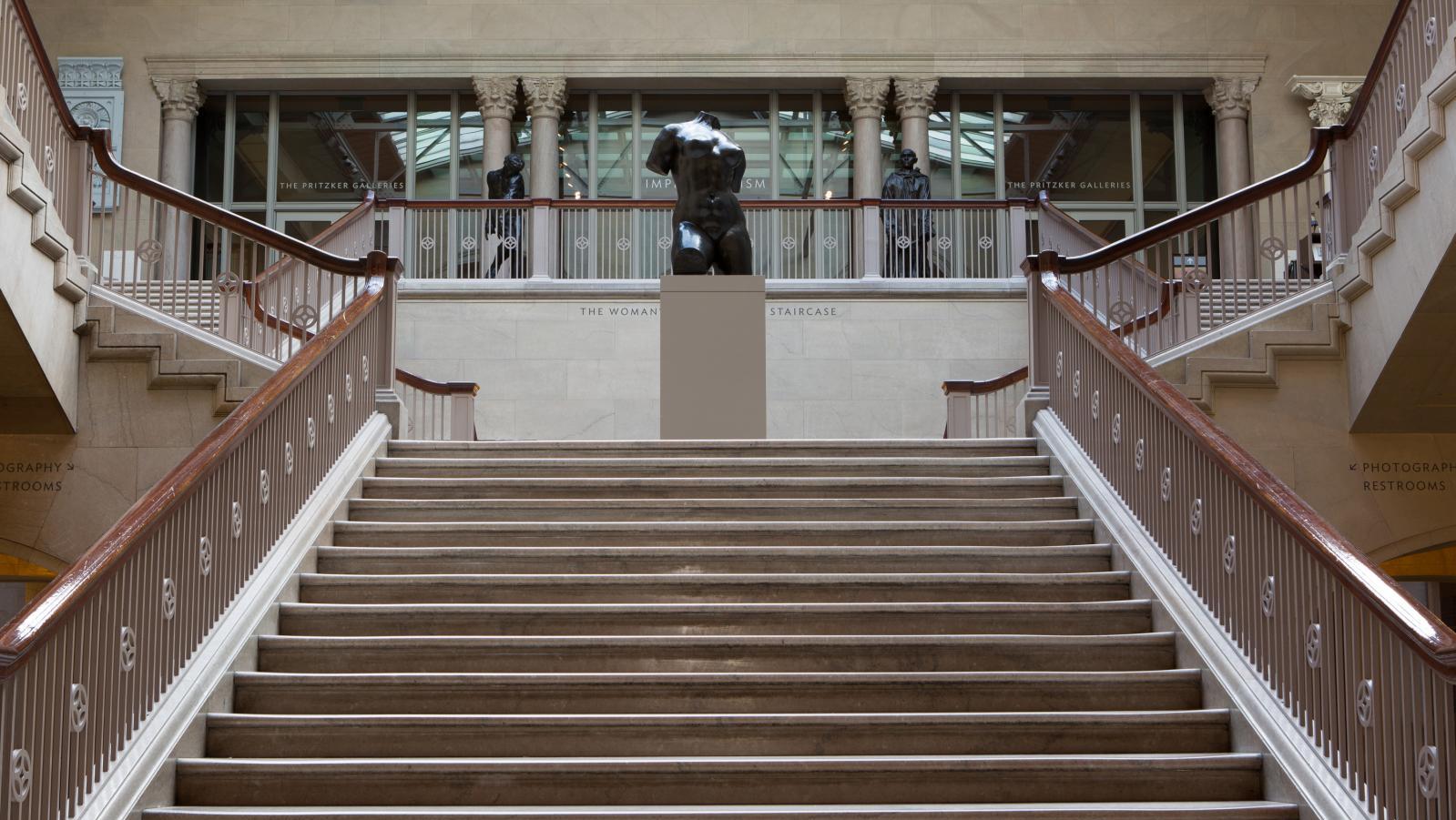The Art Institute of Chicago, one of the largest museums in the U.S., is among cultural institutions working towards accounting for histories of exclusion and disenfranchisement as well as charting a new course towards sustainability and social responsibility.
The Land The Art Institute of Chicago’s website now features a land acknowledgment that reads in part: “The Art Institute is located on the traditional homelands of the Council of the Three Fires: the Ojibwe, Odawa, and Potawatomi Nations. Many other tribes such as the Miami, Ho-Chunk, Menominee, Sac, and Fox also called this area home.” On September 27, 2019, the Institute held a land acknowledgment ceremony, which included addresses by Heather Miller, then the Executive Director of the American Indian Center (AIC), and James Rondeau, the Institute’s President and Director. In his speech, Rondeau announced that the museum will form a community advisory board to guide the reinstallation and reinterpretation of the Arts of the Americas galleries. He emphasized the Institute’s continuous commitment to supporting work of Indigenous artists, in addition to making the official statement of land acknowledgment. The Art Institute is one of a number of Chicago-based institutions that have incorporated land acknowledgments within their websites and physical spaces. A territorial or land acknowledgment is a formal statement that recognizes a place where Indigenous peoples…
com.dsi.gazette.Article : 19321
This article is for subscribers only
You still have 85% left to read.
